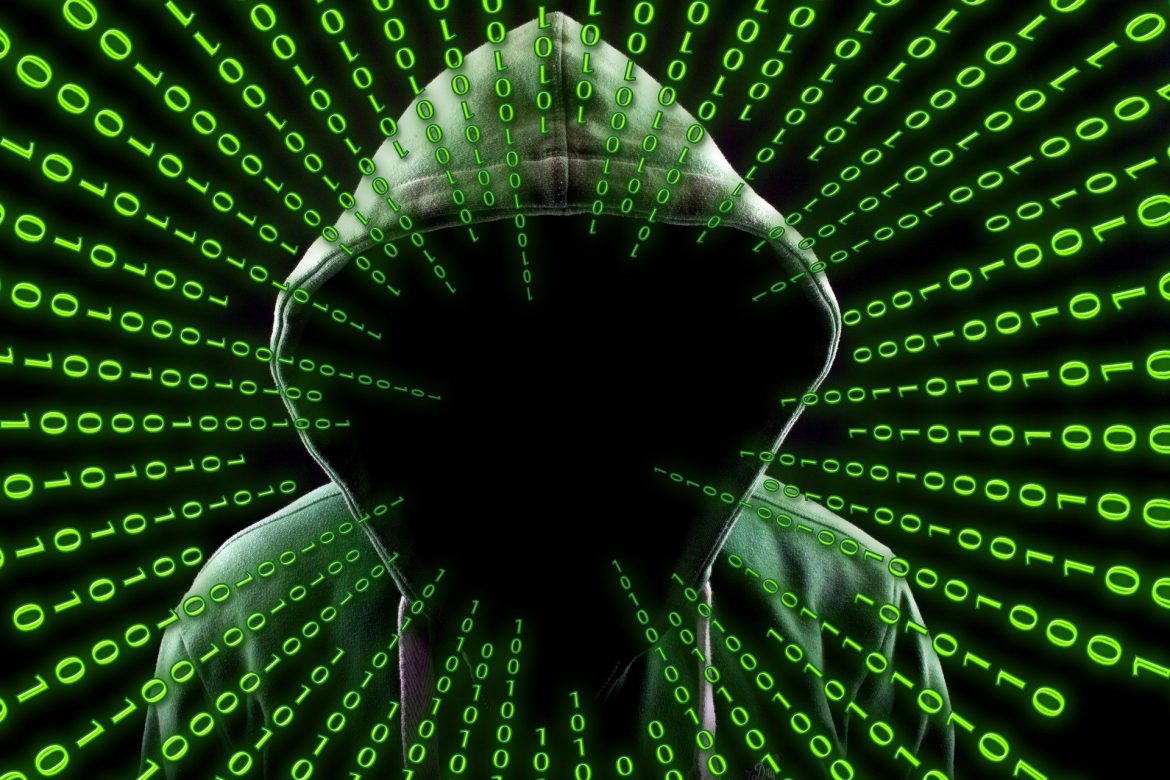In the age of more sophisticated technology, deepfake content is permeating all over the internet. With that in mind, it’s more prevalent that we take everything we see on the web with a grain of salt. To put it into perspective, think of Photoshop or other photo manipulation software that’s used to alter images. We can easily consider it as an art form due to how remarkable the outputs can be.
However, with the widespread use of it, we are also more aware of the dangers of photo manipulation. In recent years, photo manipulation has had a huge contribution to the spread of fake news. With the use of photo manipulation, a user can easily create false situations that did not happen.
At its heart, deepfake is manipulating a video or the audio of a person. One can make it seem like a person is saying or doing something that they really didn’t. Some deepfakes examples are incredibly and concerningly convincing.
When used for fun and entertainment, it can result in fantastic and truly amazing outputs. One such instance was when YouTuber BabyZone superimposed the images of the 2004 Spider-Man cast on the 2018 PS4 Spider-Man game. The faces of Tobey Maguire, Kirsten Dunst, and Willem Dafoe were layered on top of their iconic characters in various cut-scenes from the PS4 game.
However, there is also the dark side of using a deepfake maker. Fake content with malicious purposes has also scattered the internet. In fact, a search for actress Emma Watson deepfake videos will lead you to several porn sites. Thus, this leads to concerns regarding the rise of revenge porn videos. Moreover, misusing the power of deepfakes can also result in threats to national security.
What is Deepfake?
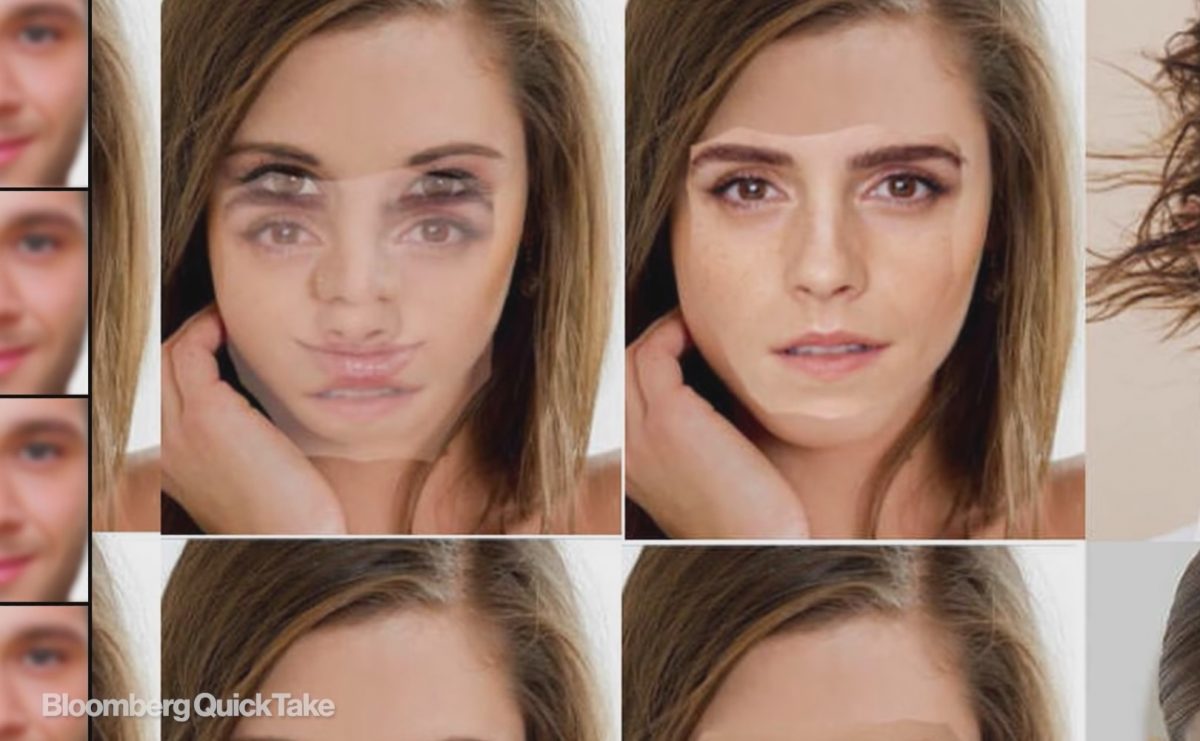

With the use of deepfake software, a person can swap another person’s face and voice with someone else. This is possible with the use of artificial intelligence (AI) and image processing algorithms. Thus, this leads to the permeating of image and video hoaxes on the web.
We can attribute the invention of deepfakes to Apple’s current Director of Machine Learning, Ian Goodfellow. A former member of the Google Brain team, Goodfellow worked on deep learning and eventually designed an AI approach known as General Adversarial Networks (GANs). These machine learning methods are the principal systems used in creating deepfakes.
These methods track and match a person’s head, mouth, and eye movements. Additionally, they can even track body actions and match voice modulation. One would think that high-end softwares and proper coding are needed to accomplish this. However, surprisingly, there are several open-sourced platforms easily available that allow anyone on the internet to create deepfakes.
It was in late 2018 when deepfakes truly earned mainstream notoriety. Reddit user “deepfakes” started posting nonconsensual fake porn videos of celebrities. The most notable victims to deepfake porn videos are Wonder Woman star Gal Gadot and Harry Potter cast member Emma Watson. Moreover, kpop deepfake videos have also spread across the internet, with members of the YG Entertainment girl group Blackpink being the most prominent victims.
The Dangers of Deepfake
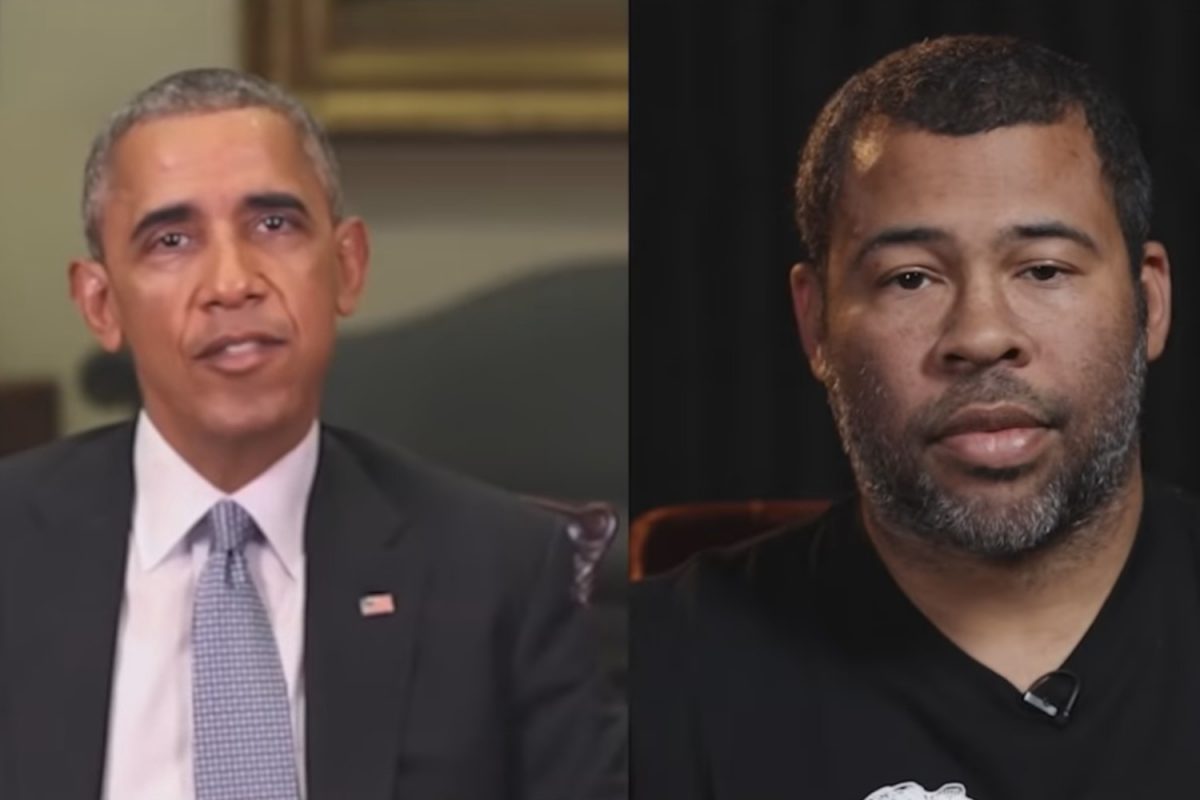

Political Agenda
The growing number of deepfake videos spreading on the internet have become a national concern. Politicians have fallen victim to altered videos of themselves going viral on several social media sites such as Facebook and Twitter. With that in mind, it’s clear that it is now easy to spread false information to the public.
One of the prominent faces in politics that was used in an altered video is that of former U.S. President Barack Obama. In a video published by BuzzFeed in collaboration with actor Jordan Peele’s production company, the former president was shown to throw several insults towards his successor Donald Trump. The deepfake video also showed Obama talking about the dangers of fake news and false information.
It was halfway through the video that Peele himself made an appearance. Thus, this affirmed that the video was indeed fake and that Peele was ventriloquizing the former president to say such things. It was later revealed that this was made possible by the use of two popular softwares to accomplish this. Adobe After Effects and the AI face-swapping tool FakeApp were both used in creating the now famous deepfake video of the former president.
Watch the full video below:
Courtesy: BuzzFeed
Cheapfakes
In June 2019, New York Representative Yvette D. Clarke filled the H. R. 3230 bill to the House of Representatives. Also called the DEEP FAKES Accountability Act, it aims to counter the dissemination of fake news through regulating deepfake technology.
This was after Facebook and Twitter’s refusal to delete the manipulated videos of House Speaker Nancy Pelosi that went viral. In the said video, Pelosi seemed intoxicated with her speech pattern slurred. However, this video was not necessarily a deepfake.
Instead, it was dubbed as “cheapfake” since the audio was only slowed down to make it appear that the House Speaker was drunk. However, it has since merited enough concerns in the realms of politics for lawmakers to petition a bill against the use of deepfake video technology.
Watch the side-by-side comparison of the original and doctored video of Pelosi below:
Courtesy: CBS
Identity Theft
Deepfakes can severely damage a person’s reputation. Accompanied by the rise of identity theft and other cybersecurity issues, deepfakes are also one of the major forms of cyber attacks. Additionally, manipulation of video and audio can also lead to cases of financial fraud.
In 2019, The Wall Street Journal reported that a CEO of a UK-based energy firm got conned into transferring approximately $243,000 to a Hungarian supplier. The CEO thought that he was taking orders from his boss over the phone. However, it was actually cyber criminals using AI voice technology to spoof his boss’ voice.
Malicious individuals also use deepfakes for corporate scams. Moreover, deepfakes for manipulating authentication methods to access secure company information are also becoming more common.
Deepfake Pornography
As previously established, deepfake porn has scattered over the internet. A simple search for “Billie Eilish deepfake” will lead you to several websites that show the Grammy winner’s face superimposed on bodies of porn stars. Scarlett Johansson deepfake videos are also popular search results in manipulated porn content. However, celebrities are not the only victims of this troubling act of video manipulation.
Seeing as how easily available deepfake apps are nowadays, any spiteful individual can create manipulated revenge porn of a former partner.
How to Spot a Deepfake
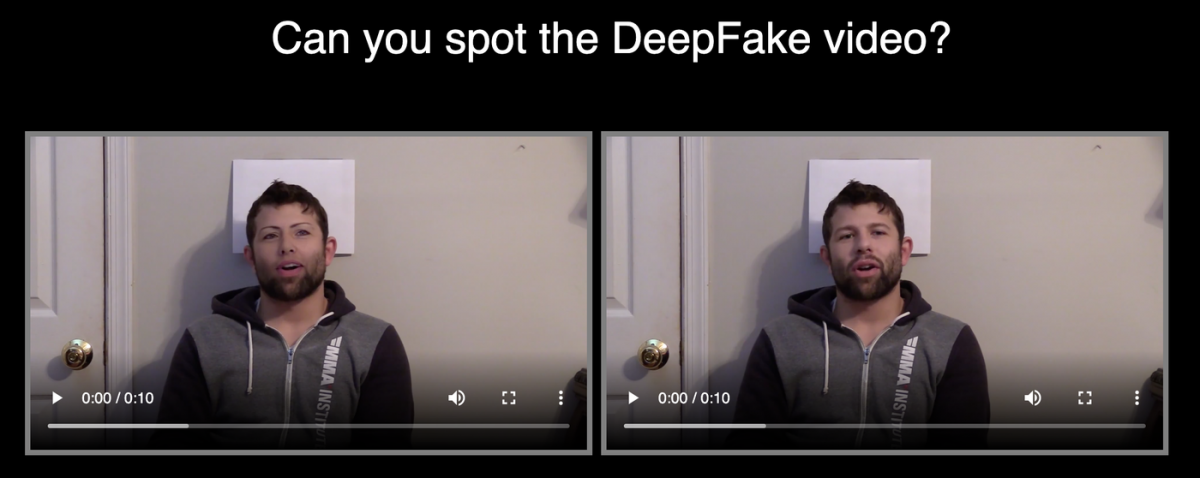

Poorly made deepfakes are easy to distinguish. However, more advanced and sophisticated deepfake videos are harder to determine. Nevertheless, it is still possible to spot a deepfake or manipulated video. One telltale sign is when the person in the deepfake video isn’t blinking. In a 2018 research released by Cornell University students, it was discovered that the lack of eye blinking results from algorithms not picking up this human physiological signal. This is no surprise, since most still images used in creating deepfakes show individuals with their eyes open.
Moreover, other signs that a video is a deepfake include:
- Unnatural facial expressions
- Abnormal skin colors
- Bad lip-syncing
- Unnaturally smooth skin texture
- Robotic-sounding voices
- Inconsistent lighting and shadows
- Awkward head and body positioning and alignment
Furthermore, researchers at Massachusetts Institute of Technology (MIT) have developed a website that can detect deepfakes. This research project of MIT shows that there are several subtle signs to determine if a video has been algorithmically manipulated.
Using Deepfake for Good
So far, we’ve discussed the negative ramifications that deepfakes contribute to our society. However, there are plenty of deepfake examples that lean on the positive side of things. When used for purely entertainment purposes, deepfake videos can create bountiful opportunities and possibilities in both the movie and television industries.
Paul Walker in Furious 7
Courtesy: Weta Digital
The late Fast and Furious star Paul Walker’s untimely death caused major mourning in the industry. Moreover, it was only two months into the production of the seventh installment in the franchise when Walker passed away. Thus, production of the film had to reshoot and rewrite scenes that involved the late movie star.
Walker’s two brothers, Caleb and Cody, stepped forward as body-doubles to film unfinished scenes. The use of Computer Generated Imagery (CGI) superimposed Walker’s face onto the bodies of his brothers.
Carrie Fisher in Rogue One
Courtesy: YouTube Channel Shamook
In a fan-made video, YouTuber Shamook used deepfake software to enhance the footage of Princess Leia in Star Wars Rogue One. The late Carrie Fisher had her appearance in the first Star Wars movie superimposed over actress Ingvild Deila’s face in the 2016 movie.
Remastered by the use of CGI, the appearance of Princess Leia in Star Wars Rogue One did not receive the most positive reviews as it was deemed too unrealistic. Thus, Star Wars fans took it upon themselves to create a better and much more human-like version of the iconic character.
AKB48’s Virtual Member
Courtesy: Glico
The Japanese idol industry also isn’t a stranger to deepfake videos. Back in 2011, popular Japan idol group AKB48 introduced their newest member Aimi Eguchi. However, what made Eguchi standout from the rest was the fact that she wasn’t real. The supposedly 16-year-old member was really a virtual idol created using CGI. Facial features from six of the AKB48 members were used to compose the appearance of Eguchi. In a video released by the brand Glico, it showed how different parts of the members’ faces were used to construct the virtual idol.
Breaking Bad with Donald Trump
Courtesy: Ctrl Shift Face YouTube Channel
In this frighteningly realistic video, we see Donald Trump’s face and voice superimposed onto Breaking Bad character James McGill’s body. In the scene from the episode titled “Kafkaesque,” James McGill explains to Jesse Pinkman the basics of money laundering. However, to truly complete the eerily believable video, the team behind it also used Trump’s step-son’s face over Jesse.
YouTuber Ctrl Shift Face used the software DeepFaceLab to blend Trump’s facial features onto actor Bob Odenkirk’s body. Moreover, they used the AI audio provided by Stable Voices in completing the scene.
Queen Elizabeth II’s Christmas Message
Courtesy: Channel 4
Across the pond, we see Channel 4’s own deepfake version of the Queen’s annual Christmas speech. In the video we see the Queen making quips about several members of the royal family. Half-way through the almost four minute video, we even got to see her Majesty dancing to a TikTok dance routine.
Towards the end of the video, we see the video glitch and the special effects stripped down. We then got to see the actress who posed as the monarch. The video received mixed reviews from viewers across the globe, with many calling it a blatant disrespect to the Crown. Meanwhile, others saw it as a fun video that did not cause any harm.
However, Channel 4 later released the behind-the-scenes footage of creating the deepfake video. Director William Bartlett said that this type of advanced technology should be something we should all be concerned about. Moreover, at its heart, the video’s principal focus was to show everyone that they shouldn’t trust everything they see. Furthermore, producer James Hatcher stressed how destructive this type of technology can be.
Lil Uzi Vert’s Wassup Music Video
Courtesy: Atlantic Records
Rapper Lil Uzi Vert released the music video for his song Wassup featuring another famous rapper, Future. In the video, we see Uzi Vert’s facial features layered on top of an entire array of famous figures. The rapper transformed into the likes of Steve Jobs, Elon Musk, Salvador Dali, Frida Kahlo, and even the Mona Lisa. Furthermore, we also see notable hip-hop icons grooving to the song via Boom, a spoof of popular video conferencing app Zoom. The music video is a parody of the current climate and society. Notably, more and more people are learning how to use Zoom and other video call applications as a primary tool in communication.
Bill Posters co-produced the music video. Posters rose to notoriety after he posted a deepfake video of Mark Zuckerberg on Instagram. The likeness of Facebook’s CEO gave a speech about the power of the social networking platform. Alongside this was the data that the platform has accumulated from its millions of users. This was Posters’ response to Facebook’s decision to not remove the heavily altered video of House Speaker Nancy Pelosi, as reported by CNBC.
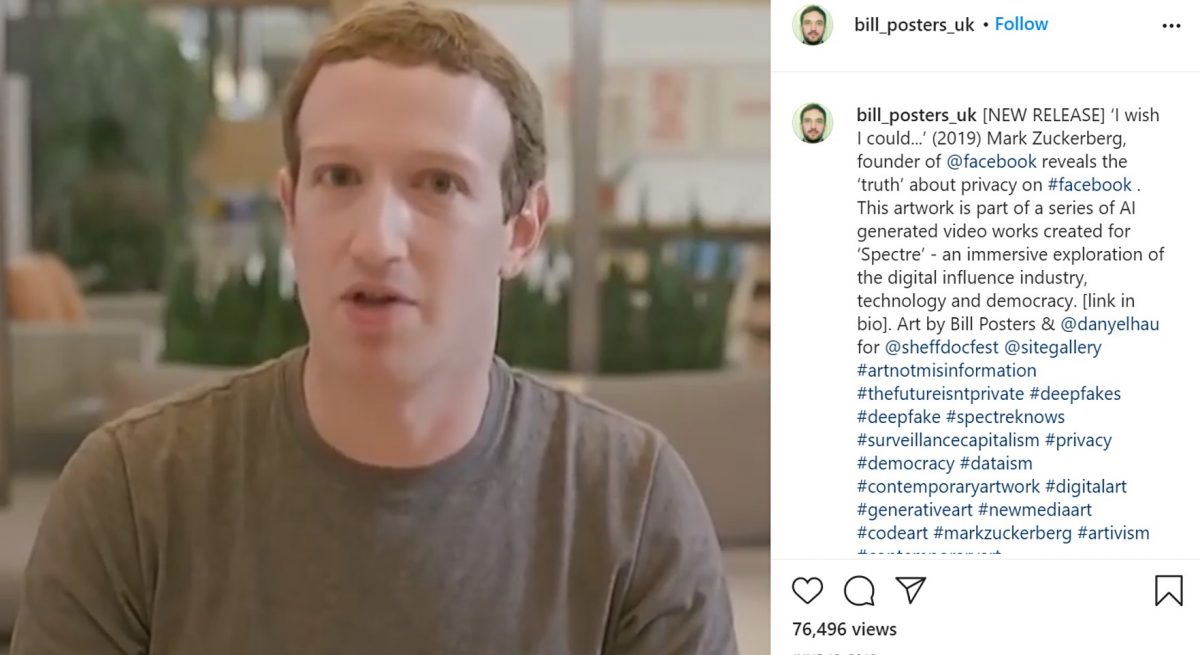

Moreover, Poster is also known for his other works with deepfake technology, with his Instagram account filled with deepfake videos of famous individuals. These include that of England’s Prince Charles, Kim Kardashian, Freddie Mercury, and Kim Jong-un. Posters even made the North Korean leader groove to the Kpop song Number 9 by popular girl group T-ARA.
How to Make a Deepfake
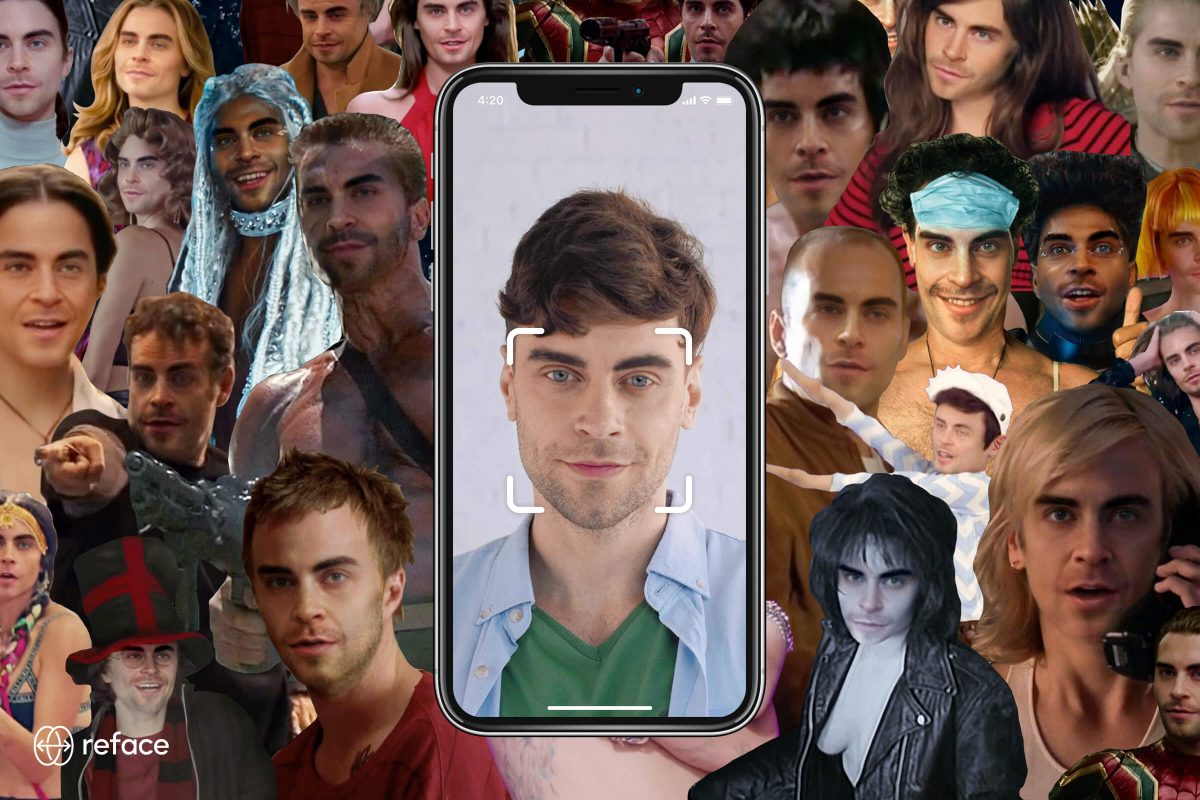

As mentioned above, you would need a highly sophisticated program to produce a seemingly perfect and realistic deepfake video. However, there are readily available deepfake apps that you can download from Apple’s Play Store or Google’s App Store. We can primarily thank Snapchat for the rise of face-swap filters and applications. Nowadays, synthesizing images and videos of people onto others is easier than ever.
One popular deepfake app is Reface. As a deepfake software, it allows users to create face swap videos and GIFs of themselves with famous figures. After launching the application, it prompts users to either take a selfie or select an image from their media library. After choosing a photo, the app will blend it on to the selected video clip or GIF. The app uses facial recognition to edit images and blend them together with GIFs and video clips.
Reface is the perfect app if you want to share a deepfake meme and fun GIFs with friends and family. Even celebrities such as Miley Cyrus, Justin Bieber, and SnoopDogg are using this deepfake app.
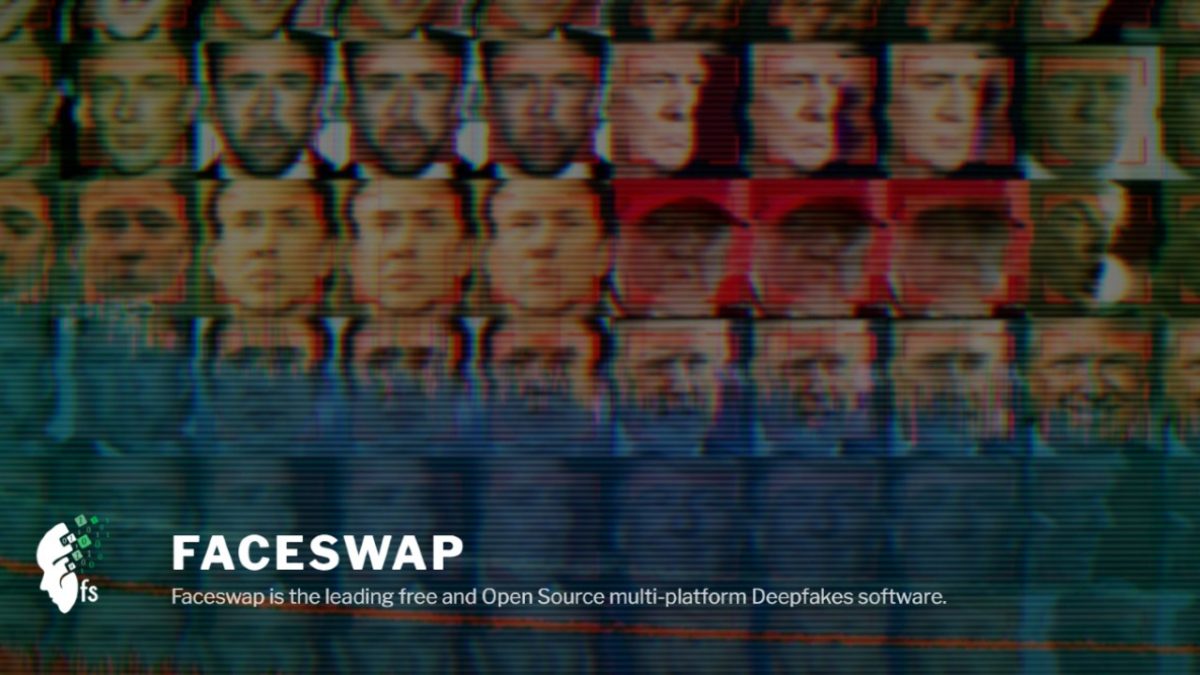

For more advanced and curious users, Faceswap is a free open-source deepfake software that’s ideal for experimenting and training purposes. Powered by Tensorflow, Keras, and Python, this software allows users to experience the more detailed process of creating deepfakes. For beginners, the software developers also offer guides on how to use it. Additionally, Faceswap has community forums for additional questions and tutorials.
Faceswap is available for Windows, macOS, and Linux devices.
The Effects of Deepfake on Society: Should We Be Worried?
For some, deepfakes are a frightening form of advanced technology for a variety of reasons. Chief among them is the ability to make it appear that someone said or did something that they never did. Deepfakes prove how easy it is to sway public opinion.
In fact, social media giants Facebook and Twitter have started flagging down and removing malicious deepfakes. Additionally, their new policies also include other altered and manipulated media content. Porn sites such as Pornhub have also taken steps in banning AI generated videos from their sites.
Despite all this, the evolution of deepfakes from base image processing is truly a wonder in tech progress. Ultimately, we as individuals should learn how to detect and protect ourselves from deepfakes that will cause us harm. One should always double-check the source of the video they are watching before believing in their claims.
We hope this comprehensive guide on deepfakes helped you in educating yourself on the pros and cons of deepfake content.

